Which college basketball programs actually develop NBA talent
[Ed. Note: This is a guest post written by Sean Vinsel of Hoops Insight. You can follow his work at HoopInsight.com or on Twitter @hoopsinsights]
By SEAN VINSEL
Talent In, Talent Out
The NCAA loves to remind us that most college athletes “go pro in something other than sports.” At the highest levels of college basketball, however, players are looking to gain exposure and development in hopes of making their way into the NBA. There is a bargain struck during this process. Recruits commit to help a program win games a championships. Coaches convince recruits that their program is the best place to develop into an NBA player. The top programs earn (and promote) their reputation as a sort of “finishing school” for eventual NBA players. This narrative grows and grows with every one-and-done, every lottery pick, and every list of NBA alumni trotted out during a recruit’s official visit. Each school wants their recruits to believe that they’ve signed on to receive some unique tutelage that unlocks NBA potential. The reality is, however, that NBA draft picks tend to come from schools who recruit the best high school players. Take a look at the schools who produced the most NBA draft picks from 2013-2019, and where they ranked among the schools signing the most top-100 recruits from 2012-2018:
Of the 10 schools producing the most NBA draft picks, 7 were in the top 10 in signing the most top-100 recruits. The biggest miracle worker in this group, Michigan, was tied for the 4th best at producing NBA players but “only” 18th best in signing recruits. Among the 3 schools (Michigan, Syracuse, Oregon) who were in the top 10 in producing draft picks but not in the top 10 in signing recruits, only 3 of their 26 NBA draft picks were selected in the lottery. Based on this, it seems as though college programs function as a way station for top prospects who the NBA gives little alternative but to attend college for a year. So, how can we investigate whether these top programs are actually developing players, or if the best high school players are destined to be NBA prospects regardless of their intermediate stop?
From RSCI to the NBA
The first step is analyzing the relationship between a player’s high school ranking and their eventual NBA draft prospects. We can use RSCI composite rankings of high school classes from Basketball-Reference.com, which handily also lists when and where each player was drafted (if at all). We can then use regression analysis to determine if there’s a relationship between a player’s RSCI ranking, and 3 different NBA draft factors:
1. Whether or not that player was drafted by the NBA
2. Whether or not that player was drafted in the first round (receiving a guaranteed contract)
3. The rookie salary corresponding to where that player was selected
For #1 and #2, it’s as simple as “Yes” or “No.” For #3, we’ll use the 2018-19 NBA rookie wage scale amount assigned to each first round draft slot. For second round picks, we’ll assign each player the 2018-19 rookie minimum salary (about $815k). Undrafted players will count as $0 salary, even if they eventually signed an NBA deal or earned money overseas. This isn’t perfect, because players have some flexibility in the rookie wage scale, and second round picks aren’t guaranteed anything (and may sometimes sign even larger contracts) but it is the cleanest way to assign a value to getting picked in each spot. We’ll use RSCI data from 2009-2017 and NBA draft data from 2010-2019. While some top-100 recruits from 2016 or 2017 may still get drafted in the next year or two, 67% of top-100 players are drafted within 2 years (and 80% of top-25 players), so we’re accounting for the NBA futures of most of the top recruits from 2009-2017.
It turns out that a player’s RSCI ranking is statistically significant in predicting all 3 of these factors! For example, the #5 ranked recruit in a given high school class has about an 80% chance of being drafted by the NBA, and a 65% chance of being drafted in the first round. On average, that player would expect to earn about $1.4M per year on their rookie contract based on their average draft slot. If those chances seem low, remember that past #5 RSCI recruits include Trevon Duval (undrafted), Ivan Rabb (2nd round), Andrew Harrison (2nd round), and Quincy Miller (2nd round).
Now that we know that RSCI is at least somewhat predictive of NBA future, but it’s not perfect. While it is significant at a 99% confidence level for each factor, it explains less than 10% of the variance in whether a player is drafted or drafted in the first round. It is better with salary, but only explains about 17% of the variance between players. The next step is to see if something else we know is a significant factor: where the player went to college.
Evaluating the Top Programs
For each RSCI top-100 recruit from 2009-17, we can use our regression to estimate their:
1. Chance of being drafted by the NBA
2. Chance of being drafted in the first round
3. Expected rookie salary
…just based on their RSCI ranking. We can then compare their actual performance in each factor. For example, Markelle Fultz was the #5 rated recruit in 2016, and per our analysis he had an 80% chance of being drafted, 65% chance of being drafted in the first round, and an expected rookie salary of about $1.4M just based on his status as a #5 recruit. He was drafted #1 overall, with a corresponding rookie salary of $6.7M (using the 2018-19 rookie wage scale). We can say that he overperformed as follows:
- Overperformed his draft chances by 20% (100% vs expected 80%)
- Overperformed his first round chances by 35% (100% vs 65% expected)
- Overperformed his salary by $5.3M ($6.7M vs $1.4M expected)
We can determine the over or underperformance for every top-100 RSCI recruit from 2009-17 in a similar manner. We can then use regression to determine whether top programs are helping to cause this over or underperformance.
There are 8 college programs who signed at least 20 recruits from the RSCI top-100 between 2009-17: Kentucky, Duke, Kansas, Arizona, North Carolina, UCLA, Texas, and Louisville. For the purposes of this analysis, I’m only counting recruits they signed and excluding anyone who later transferred to their school; I’m also including signed recruits regardless of whether they actually ended up playing for that program. For example, Michael Gbinije (RSCI #28, 2011) counts for Duke, even though he transferred to Syracuse, but Rodney Hood (RSCI #27, 2011) does not count for Duke, even though that was his last college stop before the NBA. Billy Preston (RSCI #19, 2017) counts for Kansas, even though he never played a game for them. The purpose of handling recruits this way is to reflect the relationship entered into when the player signs, and measure what a recruit can expect after signing into that initial relationship with a program.
We will focus on these 8 programs who sign the most top recruits, since they give us enough of a sample size to work with. We’re only measuring top-100 recruits here, so these recruits have some legitimate NBA aspirations to begin with. The purpose is to find out whether these recruits, considered the cream of each year’s crop, are able to improve their NBA aspirations by choosing a top program.
Where’s The Development?
The results may be a bit surprising to college basketball fans.
Indicates significance at 5% level
Of these 8 programs, only Kentucky and UCLA have a statistically significant impact on their players’ chances of being drafted by the NBA. A few schools slightly improved the chances beyond what would be predicted by RSCI ranking, but not at a statistically significant level. Recruits signing with Arizona and Texas were actually drafted slightly less often than their RSCI rankings would have predicted.
The findings are even worse when looking at first round draftees:
Indicates significance at 5% level
Only Kentucky has a significant impact; UCLA had two few first round draftees to be sure that the +11% impact was significant. Again, most of these programs had about as many players drafted in the first round as their RSCI rankings would predict. They are signing top players, and they are getting drafted like you’d expect a top recruit to get drafted, regardless of which school they attend.
Looking at rookie salaries, only 2 programs have a significant impact:
Indicates significance at 5% level
Only Kentucky and Duke are able to improve their player’s draft stock significantly beyond what RSCI ranking would predict! For the other 6 schools, there is no conclusive evidence that recruits get drafted any higher than you’d expect just by looking at their RSCI ranking. Keep in mind that this is an average; some players may get selected near the top of the draft and count for $4M or more, while others are undrafted and count for $0.
The 3 Schools That Make a Difference
Based on this evidence, only 3 schools can be proven to have an impact on the NBA future of their recruits: UCLA, Duke, and Kentucky. The ways in which they make an impact, as well as the degree, differ quite a bit. Before we get into these schools, let’s take a look at how the NBA fortunes for the RSCI top-100 differ if you segment them into 4 groups: top 10 recruits, 11-25, 26-50, and 51-100:
Top 10
- 1Trending
Denim Unis!
will debut vs. Tennessee on Feb. 7
- 2New
Ty Bryant
is coming BACK for senior season
- 3New
Pope's record in denim unis
Denim brought out the best in No. 41
- 4Hot
Merry Christmas!
KSR's Christmas Wish List
- 5
10-day break
how the Cats are spending it
Get the Daily On3 Newsletter in your inbox every morning
By clicking "Subscribe to Newsletter", I agree to On3's Privacy Notice, Terms, and use of my personal information described therein.
All 3 factors fall off considerably if a recruit is not in the top 10! Top 10 recruits have a very good chance of making the NBA, and of being drafted in the first round, regardless of what school they attend. They also are likely to be high draft picks, with the corresponding salary. There’s not a lot of room for top programs to differentiate themselves by producing NBA players from this group.
Outside of the top 10, it’s a crapshoot as to whether a recruit will make the NBA. Even recruits in the top 25 have a less than 50/50 shot to be drafted. Programs who can consistently get these players drafted (especially drafted in the lottery, earning bigger salaries) have something to really sell to recruits. Each of the 3 programs who show up well in our analysis have a slightly different way of overperforming; let’s take a look at each now.
1) UCLA: Getting less heralded recruits drafted
UCLA has a significant positive impact in recruits’ chance of being drafted into the NBA, largely by taking less heralded recruits and getting them drafted. Here’s the same chart as above, but this time for UCLA recruits:
UCLA has been perfect with their top 10 recruits, sending Shabazz Muhammad, Kyle Anderson, and Lonzo Ball into the first round of the NBA draft. Where they have really stood out, however, has been in recruits outside the top 25. UCLA has signed 14 such recruits since 2009. Based on their RSCI rankings you’d expect 3 of them to be in the NBA; however, 8 have been drafted. 5 of the 8 have been second round picks, however, with only Zach LaVine drafted higher than 22nd. This is having UCLA from having a significant impact in sending players to the first round, or improving recruits expected rookie salary slot. Interestingly, UCLA’s success in sending players to the NBA hasn’t helped their coaches, as Ben Howland and Steve Alford were fired while delivering these results.
2) Duke: Getting blue-chip recruits to the top of the draft
Most of Duke’s success has come with their most elite recruits:
Duke’s elite recruits usually show up near the top of the draft. They have had 17 recruits drafted since 2010, with 10 of them in the lottery and 6 in the top 3. 15 of these 17 were in the top 25 of their high school class. Outside the top 25 recruits, however, Duke has seen little success. Duke’s rate of 17 draftees out of 32 recruits is not very strong considering their RSCI pedigrees, and they have had only 2 players drafted out of 17 recruits who were outside the top 25 in their high school class. To make matters worse, those 2 players both transferred and were drafted after finishing at other programs (Michael Gbinije and Semi Ojeleye). This analysis does not include their 2019 draft class of Zion Williamson, RJ Barrett, and Cam Reddish, as they were in the 2018 recruiting class; that will only further accentuate this effect.
3) Kentucky: Success across the board, but especially outside the top 25
The analysis shows that only one program has a significan impact in improving all 3 draft factors: Kentucky. What’s interesting is that the Wildcats biggest success (relative to other program) has not come with elite recruits, but with recruits outside the top 25:
Kentucky outperforms the average in every single metric on the graph, and every single segment. No matter which strata, a Kentucky recruit will be more likely than average to be drafted, drafted in the first round, and to earn a higher salary than similarly ranked recruits. The biggest difference comes outside the top 25, however, where Kentucky has consistently produced high draft picks. Of their 10 recruits since 2009 who were ranked outside the top 25, 6 have been drafted. 4 of these have been drafted in the first round. This includes players like Eric Bledsoe, Shai Gilgeous-Alexander, and Willie Cauley-Stein. Of note, this analysis does not include Tyler Herro, as he was part of the 2018 recruiting class, but he is another example of a relatively lower ranked Kentucky recruit who landed in the lottery.
Where Should Recruits Sign?
The evidence suggests that, outside of a few top programs and specific circumstances, most top college basketball programs do not significantly improve their recruits NBA draft prospects. Elite recruits tend to make the NBA regardless of where they go, and lower rated recruits have much less of a chance. That being said, there are some interesting takeaways for fans (and maybe recruits!) to consider:
- If a recruit is ranked between 26th and 100th, the evidence says UCLA or Kentucky can help get you to the league. Considering that UCLA has a new head coach, however, the jury’s out on whether they can keep it up
- Top 10 recruits should probably continue heading to Duke, as the Blue Devils do as good of a job as anyone at turning elite high school recruits into top-3 draft picks.
- Any top-100 recruit will likely be better off attending Kentucky, who has consistently sent players to the pros whether top 25 recruits or not. Among top programs, only Kentucky can be shown to significantly improve the NBA prospects for all of its recruits.
- If, as expected, the NBA does away with the one-and-done rule, it seems to make sense for recruits in the top-10 to declare. These players are a near-lock to make the NBA, and tend to get drafted very high regardless of where they go to school.
- With high school players going straight to the NBA, Kentucky could be a big beneficiary. They’ve been able to turn lower recruits into NBA draft picks, and likely will continue to do so. Programs like Duke will need to figure another approach, as their NBA draft pipeline has relied on the top-10 players who will likely be going straight to the league.
At Hoops Insight, I hope to use data to find insights that reveal things you didn’t realize about the sport of college basketball. I’m using play-by-play data to track what’s happening, who’s doing it, and who is in the game, in order to show you things the box score can’t. Check out my past newsletters in the Hoops Insight Archive, and read about the stats I like to use in my stats glossary.
If you have any questions about things I’m saying, the data behind it, or if you just want to debate a point, feel free to contact me on Twitter at @hoopsinsights or email at [email protected]. I’d love your feedback.
[mobile_ad]









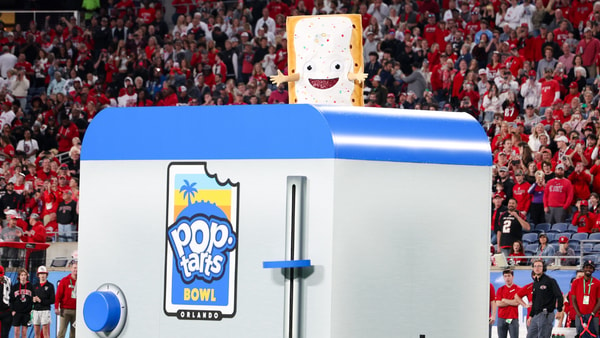
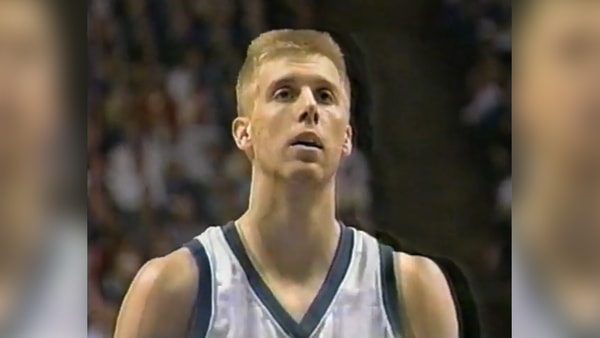
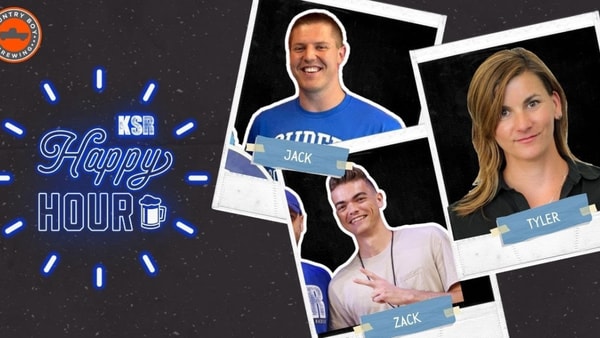
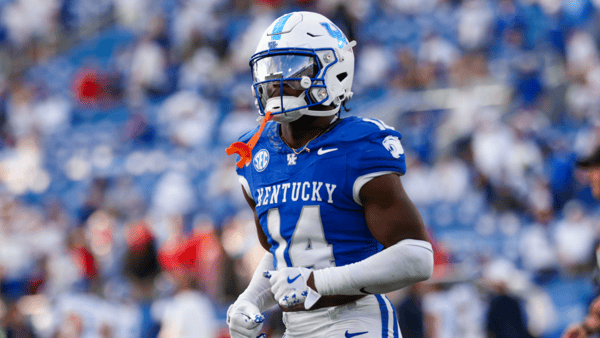
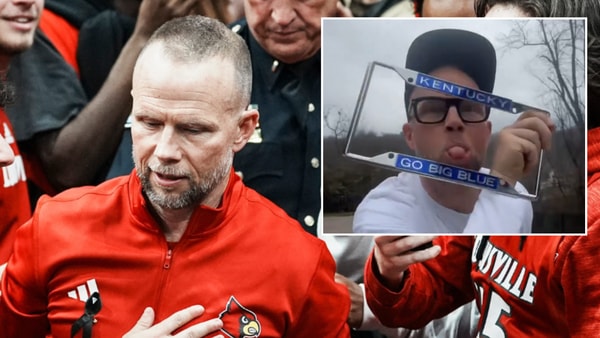
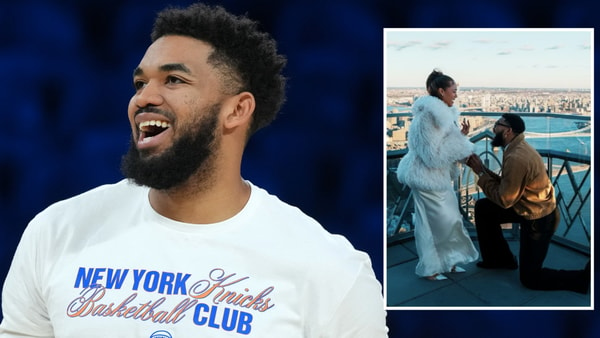
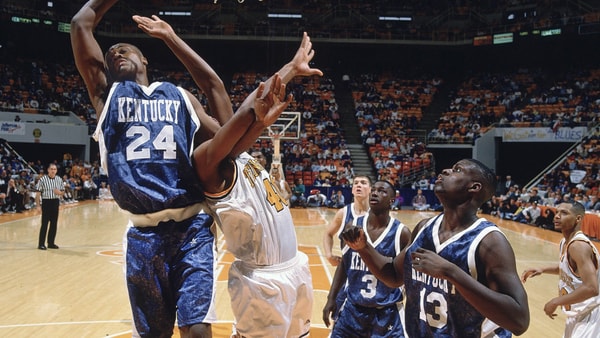
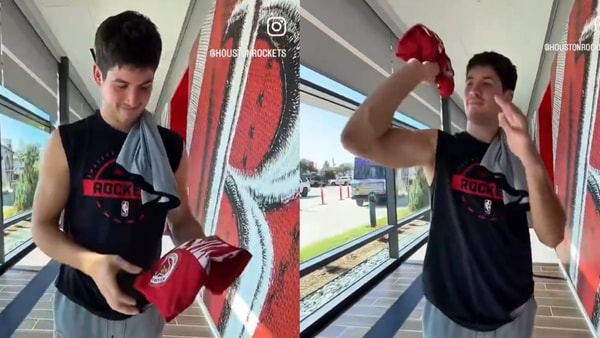
Discuss This Article
Comments have moved.
Join the conversation and talk about this article and all things Kentucky Sports in the new KSR Message Board.
KSBoard